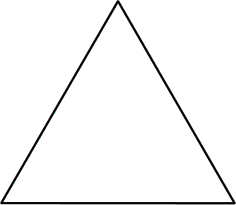24 JAN 2015 by ideonexus
 Animal Plants: Life Adapted to a Vacuum
Animal Plants: Life Adapted to a Vacuum
"These remarkable creatures combine the characteristics of animals and plants and so I call them animal-plants. ..."
"All right. Don't get angry. Just explain how your creatures avoid getting dried up like mummies."
"That is simple. Their skin is covered with a glassy layer, thin and flexible but absolutely impermeable to gases and liquids and all kinds of particles, so that the creatures are protected from any loss of material. . . . Their bodies have appendages which look like wings and a...Folksonomies: speculation
Folksonomies: speculation
25 JUL 2014 by ideonexus
 The Paleo Meat-Eater Myth
The Paleo Meat-Eater Myth
So, myth one is that humans are evolved to eat meat and that Palaeolithic peoples consumed large quantities of meat. Humans have no known anatomical, physiological, or genetic adaptations to meat consumption. Quite the opposite, we have many adaptations to plant consumption.
Take, for example, vitamin C. Carnivores can make their own vitamin C, because vitamin C is found in plants. If you don’t eat plants, you need to make it yourself. We can’t make it, we have to consume it from plants....Folksonomies: diet
Folksonomies: diet
16 MAR 2014 by ideonexus
 Dyson Spheres
Dyson Spheres
The material factors which ultimately limit the expansion of a technically advanced species are the supply of matter and the supply of energy. At present the material resources being exploited by the human species are roughly limited to the biosphere of the earth, a mass of the order of 5 X 10^19 grams. Our present energy supply may be generously estimated at 10^20 ergs per second. The quantities of matter and energy which might conceivably become accessible to us within the solar system are ...Folksonomies: astronomy extraterrestrials
Folksonomies: astronomy extraterrestrials
The energy and time required to dismantle a planet and turn it into a biosphere surrounding a sun.
28 JUL 2011 by ideonexus
 Characteristics of Visionaries
Characteristics of Visionaries
Visionaries had in common five characteristics, which the researchers termed “Innovator’s DNA.” Here are the first three:
• An ability to associate creatively. They could see connections between seemingly unrelated concepts, problems or questions.
• An annoying habit of consistently asking “what if”.And “why not” and “how come you’re doing it this way”. These visionaries scoured out the limits of the status quo, poking it, prodding it, shooting upward to the...Experimentation, inquisitiveness, and the ability to draw associations are the cognitive traits of an innovative mind.




